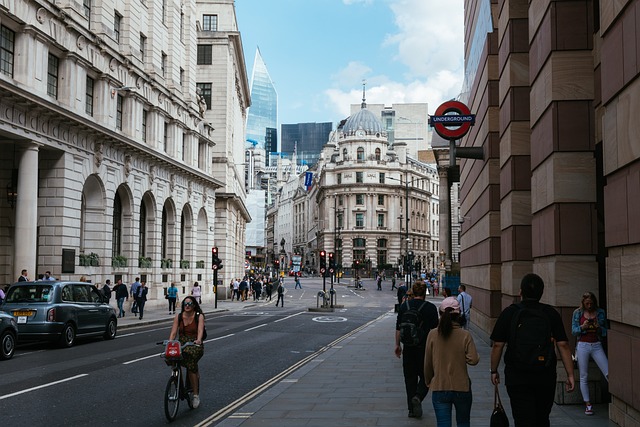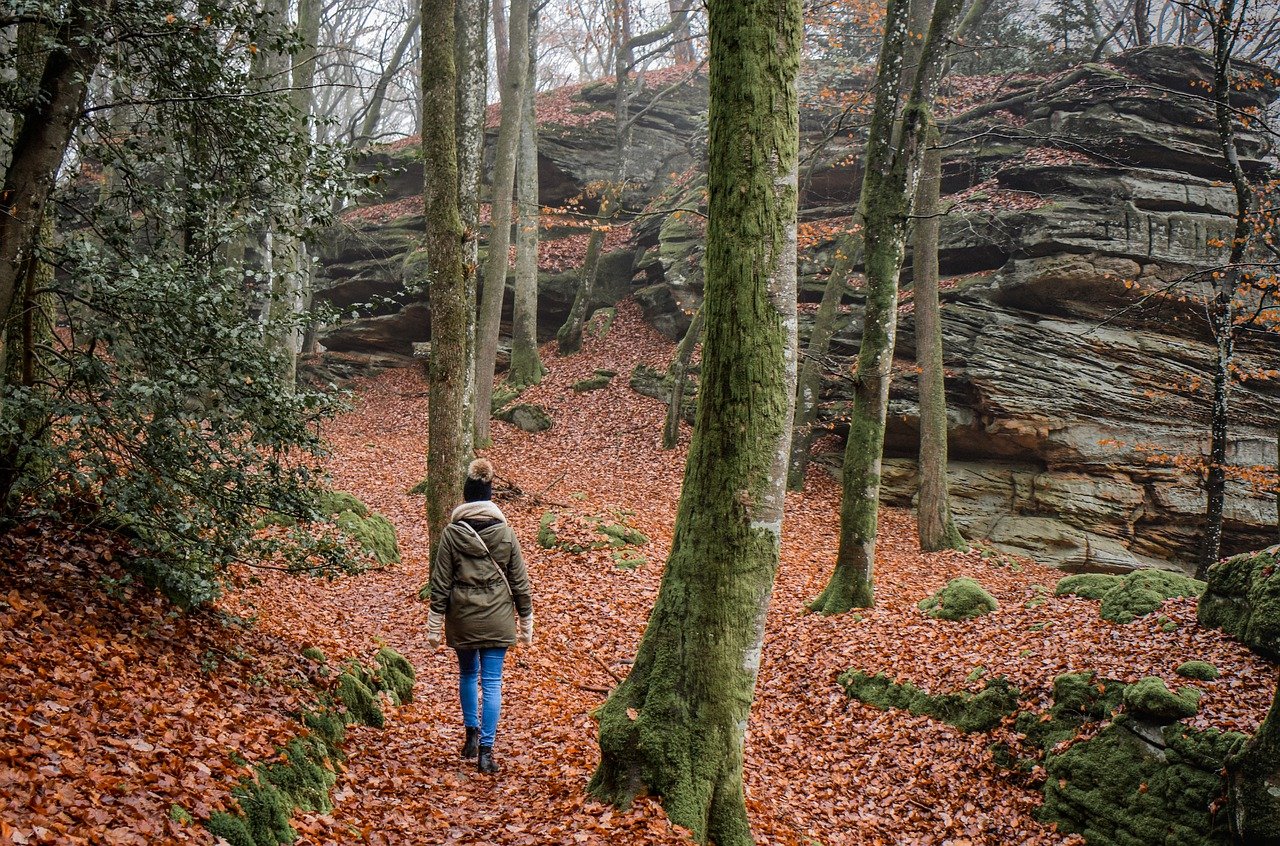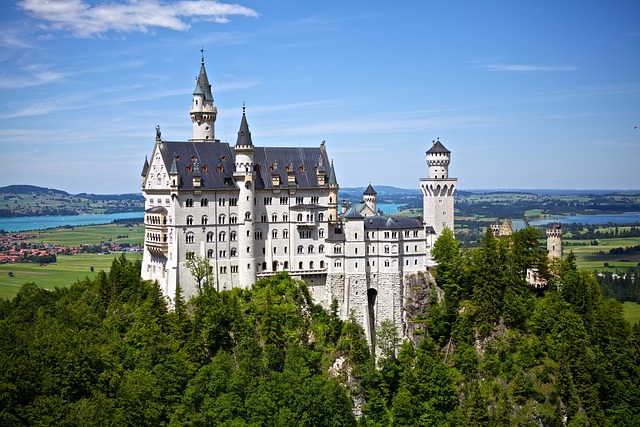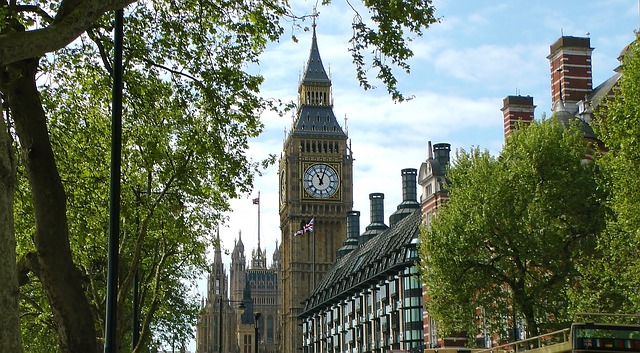Exploring London: History, Culture, and Landmarks
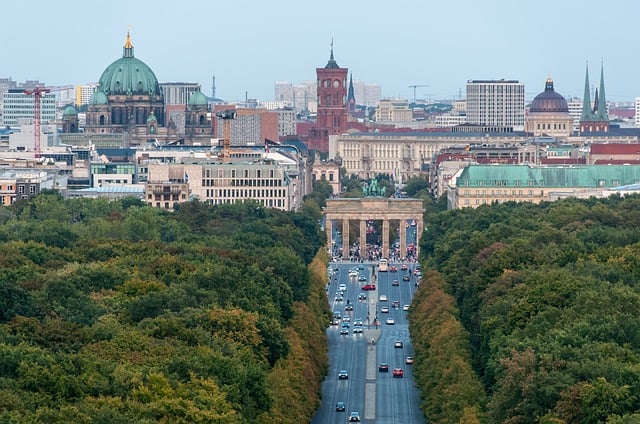
London, the capital of the United Kingdom, is a city steeped in history, culture, and global influence. With a history spanning over two millennia, London has evolved from a Roman settlement to one of the world’s most vibrant and diverse metropolises. From iconic landmarks like the Tower of London and Buckingham Palace to its world-class museums, theaters, and culinary scene, London offers something for everyone. This article takes you on a journey through London’s rich history, cultural heritage, and must-visit landmarks.
A Brief History of London
London’s history is a tapestry of conquest, innovation, and resilience. Here are some key milestones:
1. Roman Beginnings (AD 43)
London was founded by the Romans as Londinium around AD 43. It served as a major trading hub and administrative center for the Roman Empire in Britain.
2. Medieval London
After the fall of the Roman Empire, London grew into a thriving medieval city. Key developments included the construction of the Tower of London (1066) and the establishment of Westminster Abbey as a royal church.
3. The Great Fire of London (1666)
The Great Fire destroyed much of the city, leading to a massive rebuilding effort. Architect Sir Christopher Wren played a key role in redesigning the city, including the construction of St. Paul’s Cathedral.
4. The British Empire
During the 18th and 19th centuries, London became the heart of the British Empire, a global superpower. The city expanded rapidly, and landmarks like Buckingham Palace and the Houses of Parliament were built.
5. Modern London
Today, London is a global financial, cultural, and technological hub. It is one of the most diverse cities in the world, with over 300 languages spoken and a rich multicultural heritage.
Cultural Highlights of London
London’s cultural scene is unparalleled, offering a mix of tradition and modernity. Here are some highlights:
1. Museums and Galleries
- The British Museum: Home to artifacts like the Rosetta Stone and the Elgin Marbles, this museum showcases human history and culture.
- The National Gallery: Located in Trafalgar Square, it houses masterpieces by artists like Van Gogh, da Vinci, and Turner.
- Tate Modern: A contemporary art museum housed in a former power station, featuring works by Picasso, Warhol, and Hockney.
2. Theater and Performing Arts
- West End: London’s theater district is famous for its world-class productions, including musicals like The Phantom of the Opera and Les Misérables.
- Shakespeare’s Globe: A reconstruction of the original Globe Theatre, where Shakespeare’s plays are performed in an authentic setting.
- Royal Opera House: A premier venue for opera and ballet performances.
3. Music and Festivals
- Abbey Road Studios: Iconic recording studio where The Beatles recorded many of their albums.
- Notting Hill Carnival: Europe’s largest street festival, celebrating Caribbean culture with music, dance, and food.
- Hyde Park Concerts: Hosts major music events, including the annual British Summer Time festival.
4. Literature and Film
- The British Library: Houses literary treasures like the Magna Carta and original manuscripts by Shakespeare and Jane Austen.
- Harry Potter Studio Tour: A must-visit for fans of the Harry Potter series, featuring sets, costumes, and props from the films.
- Film Locations: London has been the backdrop for countless films, from Notting Hill to James Bond.
Iconic Landmarks and Attractions
London is home to some of the world’s most recognizable landmarks. Here are the must-see sights:
1. Historical Landmarks
- Tower of London: A historic castle and former prison, home to the Crown Jewels and centuries of British history.
- Westminster Abbey: A UNESCO World Heritage Site and the site of royal coronations, weddings, and burials.
- St. Paul’s Cathedral: An architectural masterpiece designed by Sir Christopher Wren, offering stunning views from its dome.
2. Royal Attractions
- Buckingham Palace: The official residence of the British monarch, known for the Changing of the Guard ceremony.
- Kensington Palace: A royal residence with beautiful gardens and exhibitions on royal history.
- Tower Bridge: An iconic symbol of London, offering panoramic views of the city from its walkways.
3. Modern Landmarks
- The Shard: Western Europe’s tallest building, offering breathtaking views from its observation deck.
- London Eye: A giant Ferris wheel on the South Bank of the Thames, providing a unique perspective of the city.
- The Gherkin: A distinctive skyscraper in the financial district, known for its futuristic design.
4. Parks and Gardens
- Hyde Park: One of London’s largest parks, featuring the Serpentine Lake and Speaker’s Corner.
- Kew Gardens: A UNESCO World Heritage Site with stunning botanical collections and glasshouses.
- Regent’s Park: Home to the London Zoo and beautiful rose gardens.
London’s Neighborhoods: A World of Diversity
London’s neighborhoods each have their own unique character and charm:
- Soho: A vibrant area known for its nightlife, theaters, and restaurants.
- Camden: Famous for its alternative culture, markets, and live music venues.
- Notting Hill: A picturesque neighborhood with colorful houses, boutique shops, and the Portobello Road Market.
- Shoreditch: A hub for street art, trendy cafes, and tech startups.
- Greenwich: A historic area with maritime heritage, the Royal Observatory, and the Cutty Sark.
Culinary Delights: London’s Food Scene
London’s food scene reflects its multicultural population, offering everything from traditional British fare to international cuisine:
- Traditional Dishes: Try fish and chips, Sunday roast, or afternoon tea.
- Street Food: Visit Borough Market or Camden Market for a variety of street food options.
- Fine Dining: London boasts numerous Michelin-starred restaurants, including The Fat Duck and Gordon Ramsay.
- International Cuisine: Explore Chinatown, Brick Lane (for Indian food), or Brixton (for Caribbean flavors).
Practical Tips for Exploring London
- Transportation: Use the London Underground (Tube), buses, or black cabs to get around. An Oyster card or contactless payment is recommended for public transport.
- Weather: London’s weather is unpredictable, so carry an umbrella and dress in layers.
- Currency: The currency is the British Pound (£). Credit cards are widely accepted.
- Language: English is the official language, but you’ll hear a multitude of languages spoken across the city.
